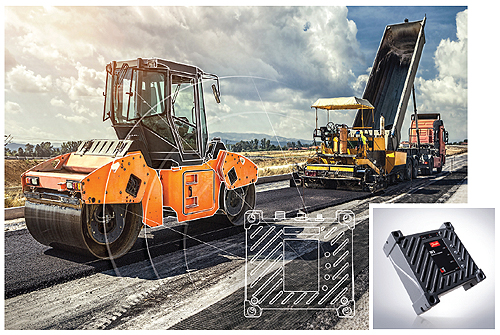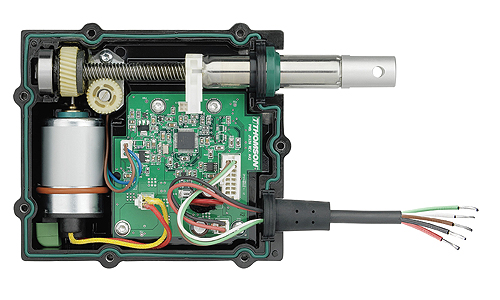by Michael Jermann, Contributing Editor—
Efficiency is key when trying to keep operating costs to a minimum, especially in the off-highway industry. When dealing with mobile machinery that could be remotely located or operating in harsh environments, finding, diagnosing and managing equipment wastes time and money. To cut costs and increase efficiency, there is growing interest in automating off-highway equipment, not to the point of having fully autonomous machines performing jobs without human input, but automation through telematics.
Telematics combine GPS and telecommunication technologies to allow users to manage off-highway equipment remotely. The GPS component allows engineers to locate a piece of machinery and manage its movement to increase efficiency.
Telematics has become a megatrend in heavy equipment industries as more and more companies see value in having a 24/7, real-time overview of their fleet, said Marco Tacke, product marketing manager of telematics solutions at Danfoss.

Downtime costs both time and money, which is another reason why telematics is becoming more popular. The data engineers can receive from machines equipped with telematic devices can help remotely diagnose problems within a system. This way, engineers don’t need to waste time trying to locate the problem and instead can quickly address the issue. This same data stream can help prevent damage to equipment in the first place by alerting engineers to potentially harmful conditions in the system.
In many industries, including the off-highway industry, mechanical systems are being slowly replaced by electrically based systems. Mechanical engines have traditionally used mechanical throttles, but designers of mobile off-highway machines are using more electric throttle systems to optimize the ergonomic design of equipment, enhance performance and reduce emissions.
According to Al Wroblaski, product manager for Thomson Industries, the use of these devices with engines smaller than 24.8 hp can achieve the equivalent of Tier 4F (Stage 4) emission levels. Mechanical diesel engines ordinarily used mechanical throttles because of their ability to withstand harsh operating conditions, but the latest electric throttle actuators can withstand under hood temperatures (with operating range from -40 to 125° C), vibration and moisture and provide high cycle life.
A typical model is designed for 500,000 cycles, can operate on a 50% duty cycle at maximum dynamic load, and is designed and tested to withstand the off-highway shock and vibration levels.

The use of electric throttle control actuators means that designers are not limited by the characteristics of mechanical linkages when designing equipment. This leads to a user-friendly layout that can help ease user fatigue and improve efficiency and safety. Controlled by a simple potentiometer, with or without limit switches, the actuators can be positioned for optimal machine design, as no direct access is required for operator interface. When integrated with a control system, motor speeds can be automatically adjusted for specific functions, optimizing operational and fuel efficiency.


Leave a Reply
You must be logged in to post a comment.